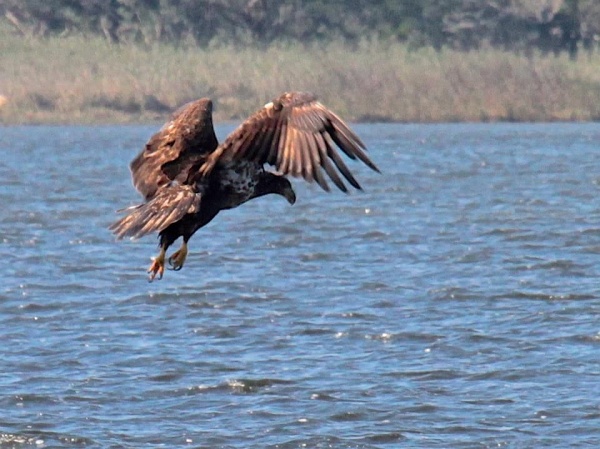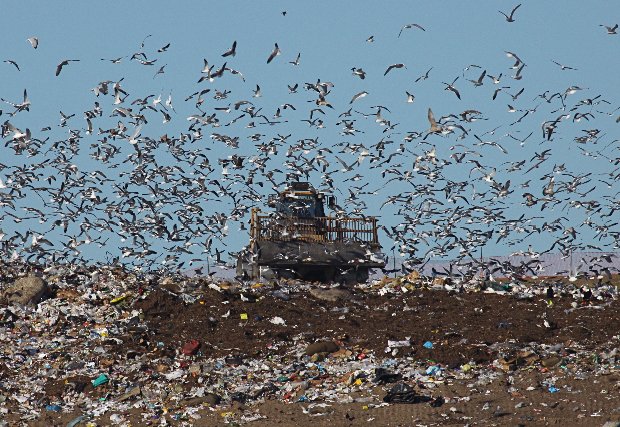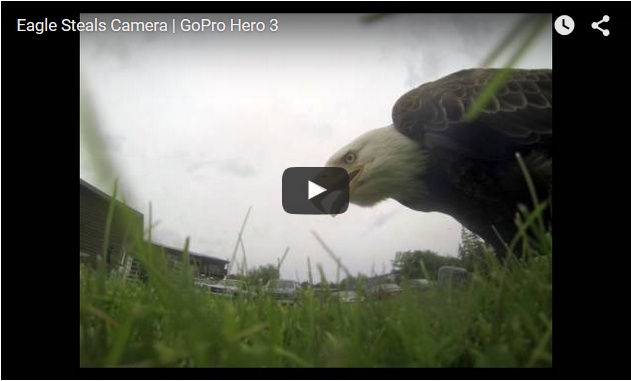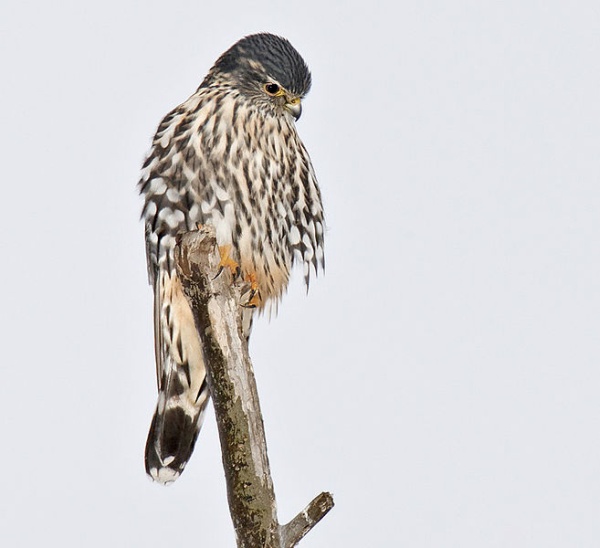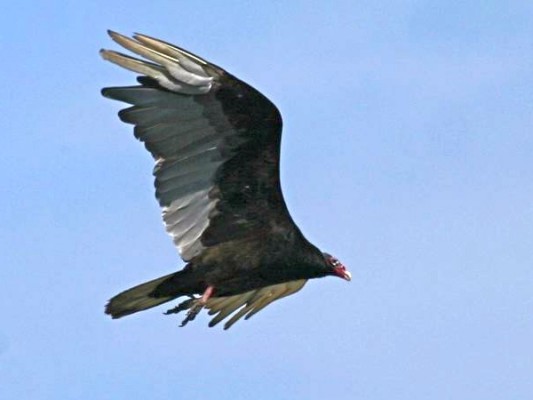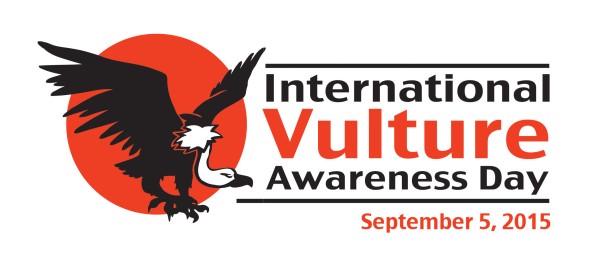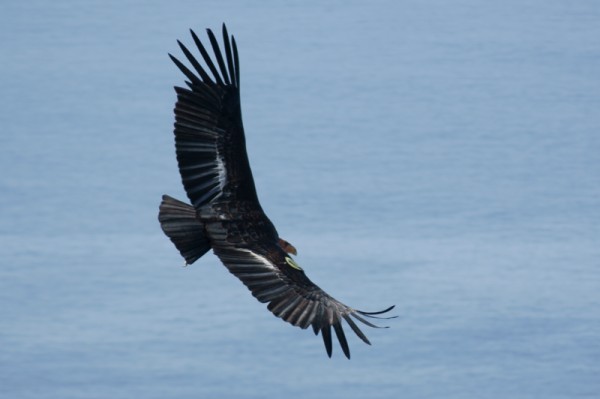
Though many birds have migrated away from Pennsylvania our hawk watch sites are still going strong. November brings more red-tails, sharp-shinned hawks, and this month’s main attraction — golden eagles.
The Allegheny Front Hawk Watch, pictured above, was particularly good for golden eagles earlier this week (27 of them on Tuesday!) when the wind was from the southeast.
Southeast?
It doesn’t make sense that we’d watch hawks flying into a head wind until you realize that this beautiful view at the Allegheny Front is facing east. There’s no mountain edge on the west, just the Allegheny Plateau, so the best winds for watching are those with an easterly component that create an updraft and lift the hawks right above our heads.
Yesterday the weather changed, so the wind is now from the west and north. Other sites will be better for hawk watching.
Today and tomorrow, 11/7 and 11/8, the Pennsylvania Society for Ornithology is visiting Waggoner’s Gap Hawk Watch near Carlisle, PA. This site is on a ridgetop with great views in all directions and lots of raptors passing through in November, especially on a northwest wind. At this time of year Waggoner’s Gap often has the highest hawk count of any watch in the state.
For the best raptor viewing, pick a site with the right wind.
(photo by Kate St. John)



